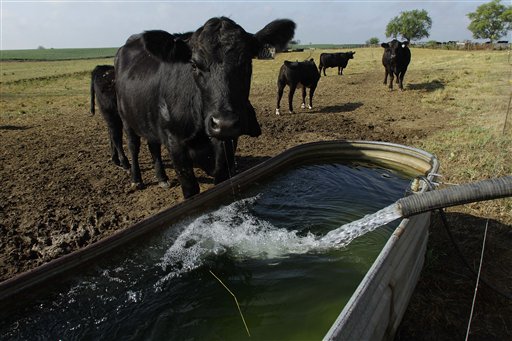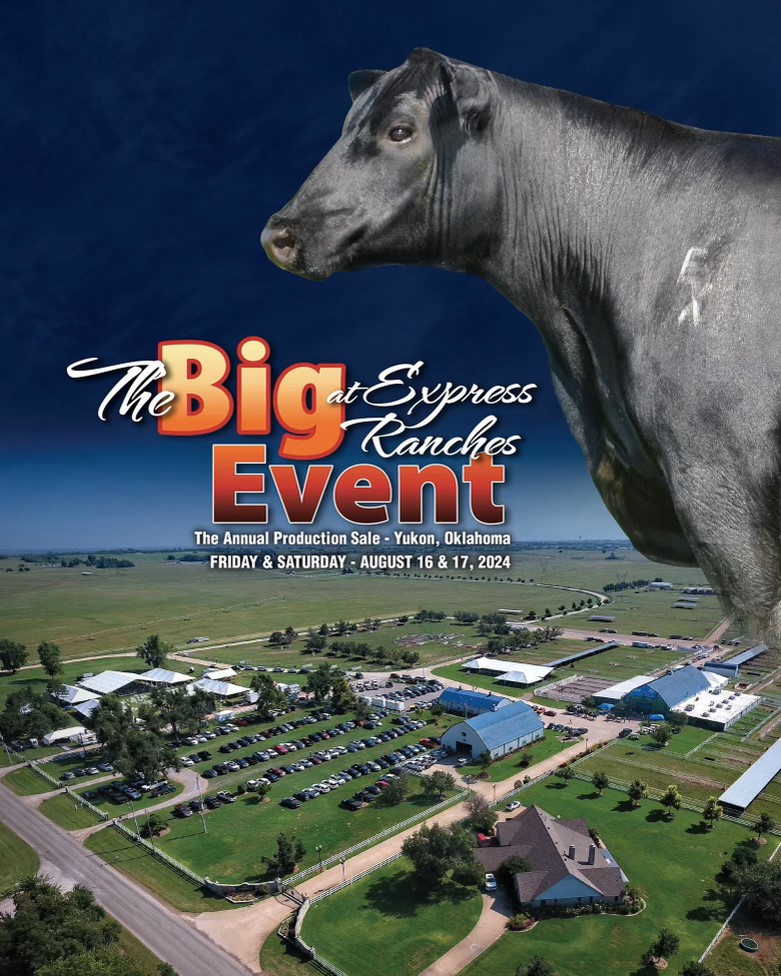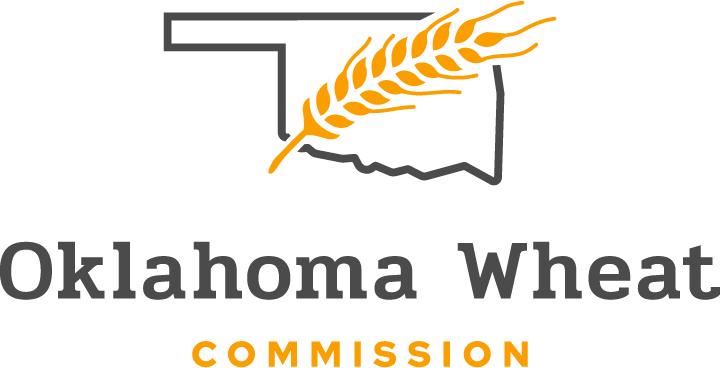
Agricultural News
Finally a Slowdown in Australia's Beef Production, Exports
Tue, 15 Sep 2015 15:28:57 CDT

At the beginning of this year, Australian beef production and exports were expected to drop well below 2014 levels, as the industry began to rebuild its breeding herd after more than two years of drought-induced liquidation. Similar to the situation in the United States, when drought of 2010 and 2011 drew down in the U.S. beef cow herd.
At the start of the year, Australia was still liquidating historically large numbers of cattle. The meat industry has known those kill numbers were not sustainable and had forecasted a 14 percent drop in production and a 20 percent drop in beef exports. U.S. Meat Export Federation (USMEF) Economist Erin Borror said they anticipated Australian beef exports were going to slow down in 2015, but that hasn't happened until recently.
"So, far in the first half we haven't seen any slowdown materialize and exports continued to outpace last year's record levels," Borror said. "But, finally in July we saw their exports come in line with last year and then in August they were actually down about five percent from last year's strong pace. This coincided with a decrease in Australia's kill numbers, which have slowed since June, which are running well below last year."
The U.S. meat industry hopes these numbers seen in July and August in Australia will continue. This will tighten supplies from Australia into the export marketplace and help narrow the price gap between U.S. and Australian beef in the Pacific Rim.
"So, as we look at smaller Australian supplies going forward, we do expect our competitiveness to improve in the Asian markets," Borror said. "Especially places like Korea and Taiwan, we are already gaining market share. But where Australia has advantages is, Japan with their Economic Partnership Agreement, they'll see more than a 10 percentage point tariff advantage. Next year, the other place where they will keep their advantage is China, where they have direct access and they are China's largest supplier and of course U.S. beef still remains out of that market. So, two key areas where they maintain significant advantages, more on the policy side, but across the markets, where we do have access, even though we'll still expect the strong dollar disadvantage, we know that our competitiveness on the advantage of cuts is already improving."
Radio Oklahoma Network Farm Director Ron Hays featured Erin Borror on the Beef Buzz feature. Click or tap on the LISTEN BAR below to listen to today's Beef Buzz.
The Beef Buzz is a regular feature heard on radio stations around the region on the Radio Oklahoma Network- but is also a regular audio feature found on this website as well. Click on the LISTEN BAR below for today's show- and check out our archives for older Beef Buzz shows covering the gamut of the beef cattle industry today.
WebReadyTM Powered by WireReady® NSI
Top Agricultural News
More Headlines...




















